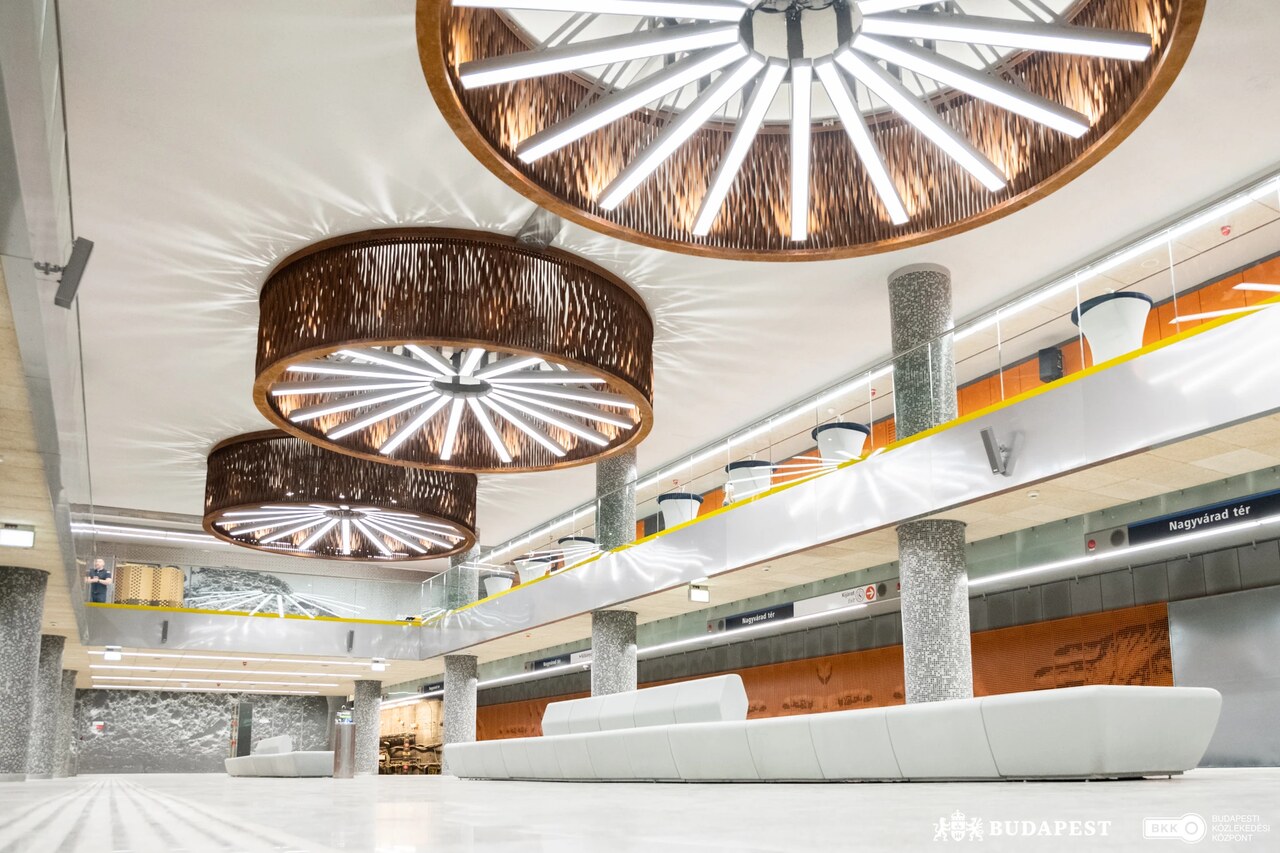Happy birthday to one of Budapest’s metro lines—Is it your favourite?

This spring marks the second anniversary of the renewed M3 metro line in Budapest—one of the city’s most essential public transport routes. After five and a half years of reconstruction, the revitalised M3 line was fully reopened in May 2023, offering passengers a safer, more modern, and fully accessible experience.
M3: Budapest’s busiest metro line
Connecting Kőbánya-Kispest in the south with Újpest-központ in the north, the M3 runs underneath the city centre and plays a crucial role in everyday commuting. As Budapest’s busiest metro line, it serves key hubs such as Nyugati Railway Station, Deák Ferenc Square, and Kálvin Square, transporting hundreds of thousands of passengers daily. Without it, Budapest’s public transport network would struggle to function effectively.

Originally opened in stages between 1976 and 1990, the M3 underwent a long-overdue renovation starting in 2017, BKK writes. Before reconstruction began, frequent technical issues and deteriorating tunnel conditions caused speed limits and service disruptions. The upgrade was not just cosmetic—it included full track replacement, waterproofing of tunnels, station overhauls, and the installation of elevators and inclined lifts, ensuring full accessibility for passengers with reduced mobility, parents with strollers, and the elderly.
Beyond improved safety and functionality, the stations were redesigned with a clean, modern aesthetic. Some even became platforms for contemporary art and architectural innovation. The Deák Ferenc tér station, for example, became a finalist in the global Architizer A+ Awards, and the Budapest Chamber of Architects commended the redesign of the central and southern stations.

The M3 has also inspired creative projects. After reopening, the revamped metro served as a backdrop for a Star Wars-themed photo shoot, with Darth Vader and stormtroopers spotted on the platforms—proving that underground transport can be a surprisingly playful and artistic space.
The M3 isn’t just a metro line—it’s a backbone of Budapest’s urban life. Its reconstruction also had a broader impact: reducing surface traffic, noise, and pollution thanks to the improved underground capacity.

Extended operating hours
And the development doesn’t stop there. Starting 1 June, metro lines M2, M3, and M4 will extend their operating hours. On weekdays, the last trains will depart from the city centre around midnight, and on weekends around 1 a.m., better aligning with Budapest’s evolving urban rhythm.
So—do you have a favourite Budapest metro line? If it’s the M3, now’s the perfect time to celebrate it.
Read more news about BKK HERE.
Read also:





